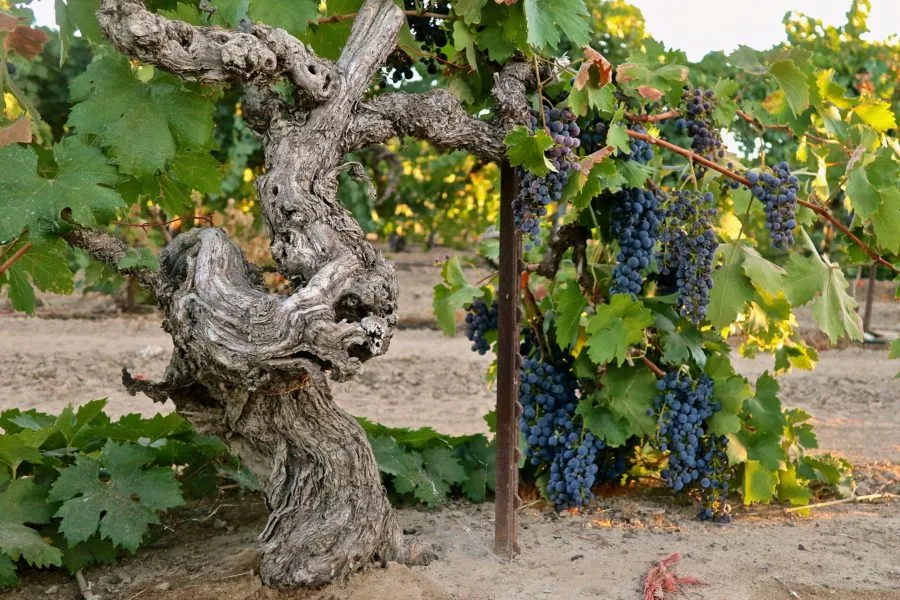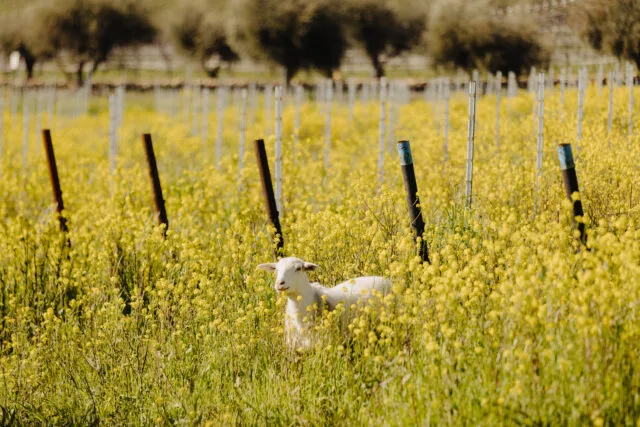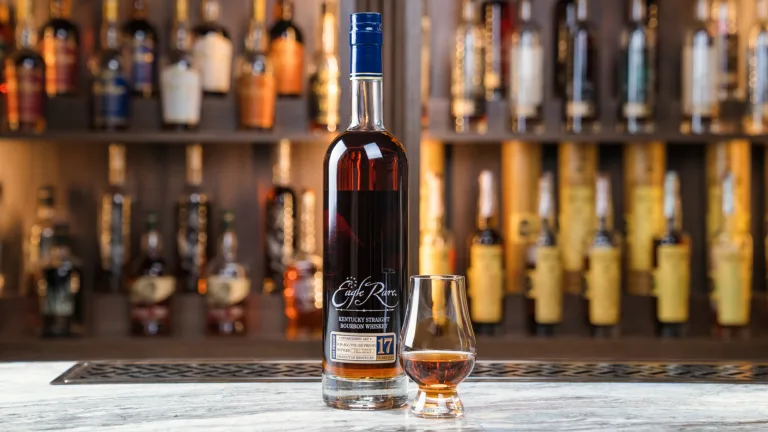How old does a vine have to be before it can legally be called “old?” Wikimedia
The Old Vine Conference announced the second Old Vine Hero Awards winners on 25 March. Italy dominated the award winners.
It is generally accepted that, all other things being equal, older vines produce more concentrated and sometimes more complex wine.
There were 105 nominations received from 17 countries. They were judged by an international panel of old vine experts.
Why the sudden interest in old vines? How old does a vine have to be before it can legally be called “old?” What’s so good about being old?
It is generally accepted that, all other things being equal, older vines produce more concentrated and sometimes more complex wine. There is no legal definition of “old” although the Barossa Valley producer, Yalumba, has come up with Yalumba’s Old Vine Charter with the help of the Barossa Grape and Wine Association, as follows:
An Old Vine : Greater than 35 years old. A Survivor Vine: (also known as a Very Old Vine) Greater than 75 years old. A Centenarian Vine: (also known as an Exceptionally Old Vine) Over 100 years old. An Ancestor Vine: (also known as a Very Bloody Exceptional Old Vine). Over 125 years old.
New Zealand is a late-starter in the old vine race with a handful of vines nibbling at the 35-year entry status.
Australia, on the other hand has vines that are now up to 180 years old. The world’s
This Article was originally published on The Real Review






